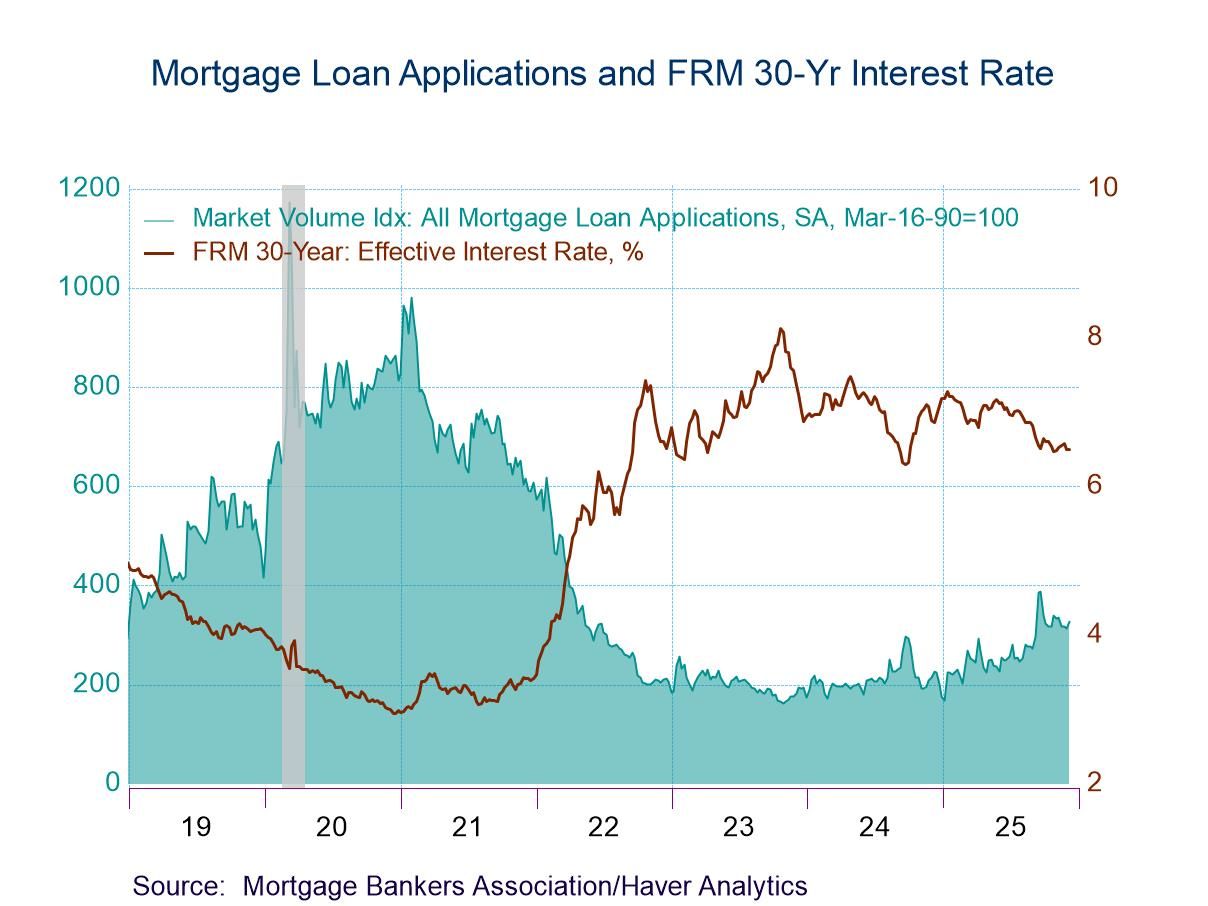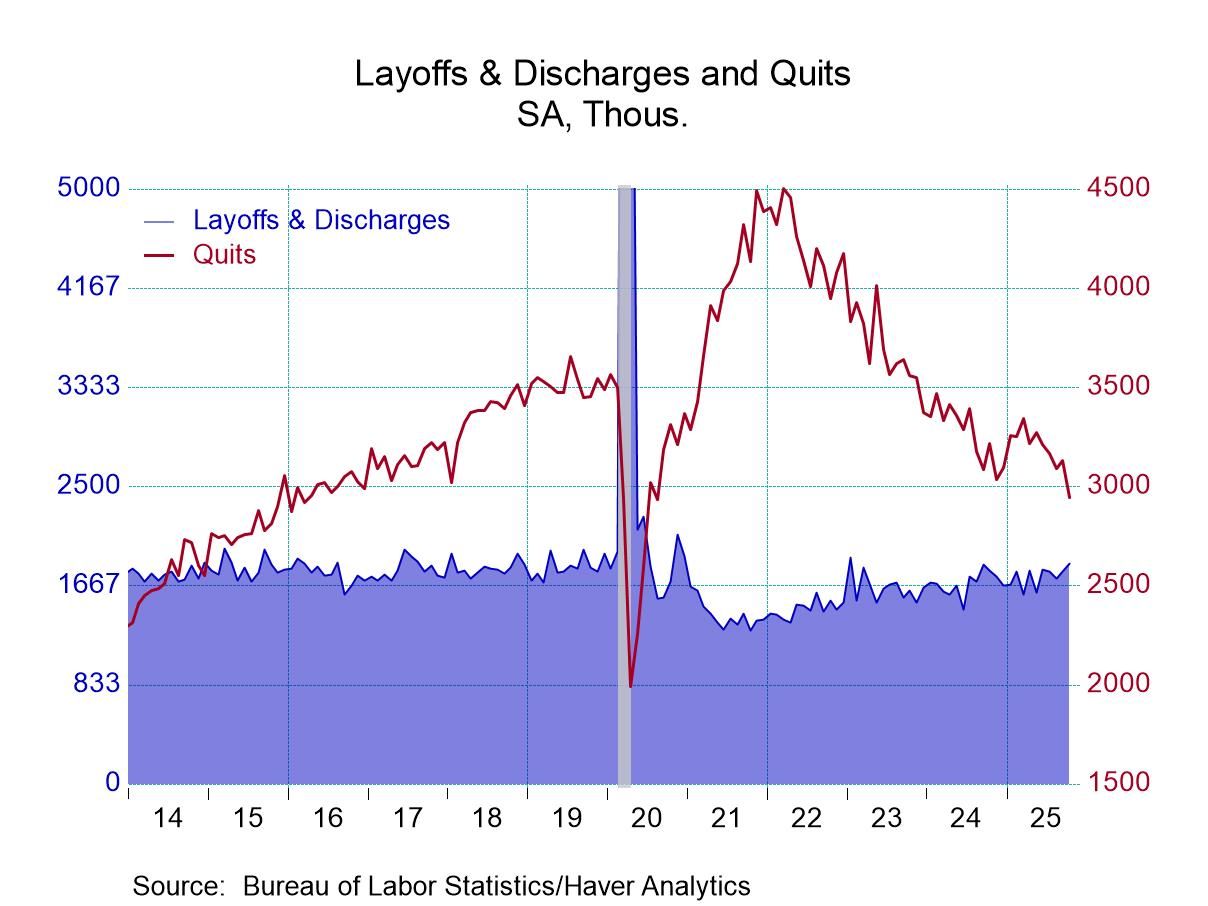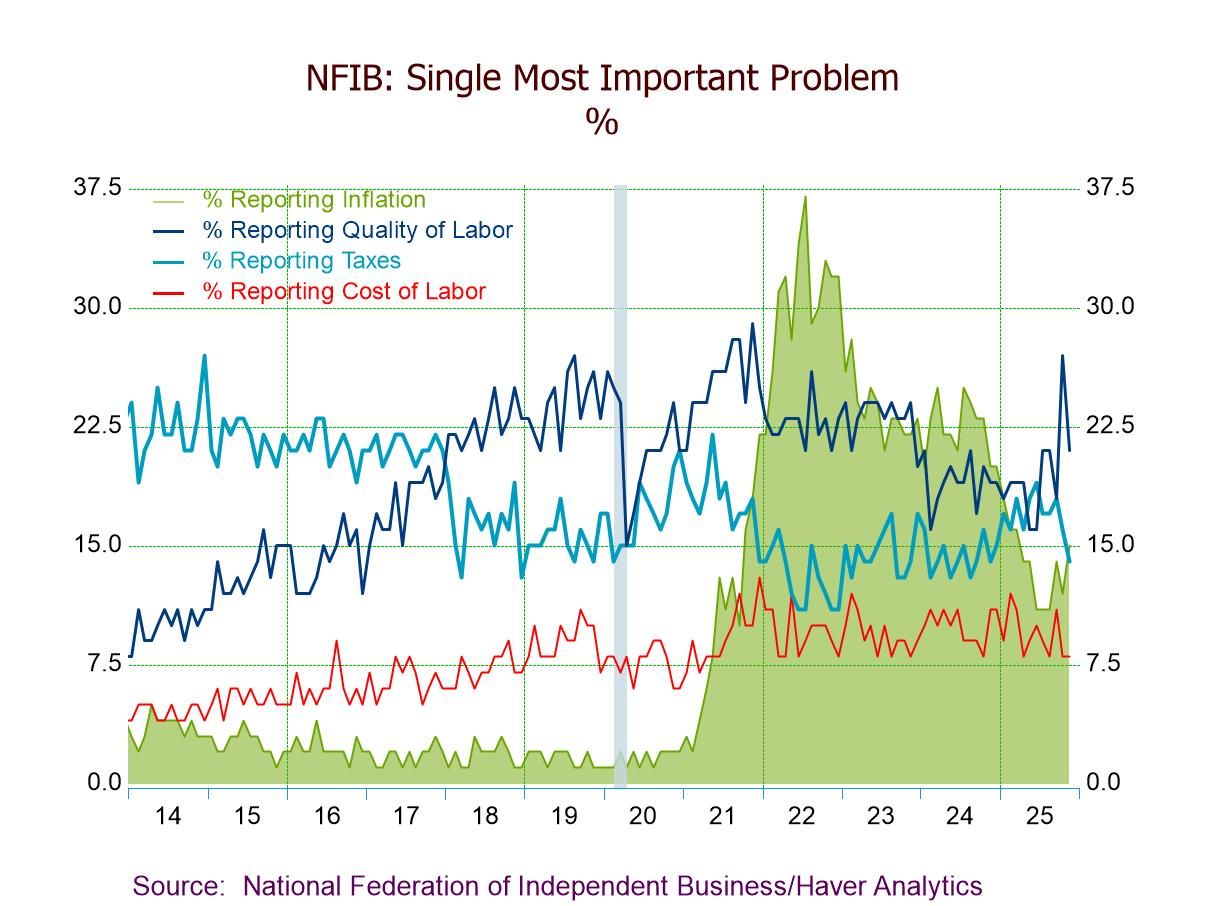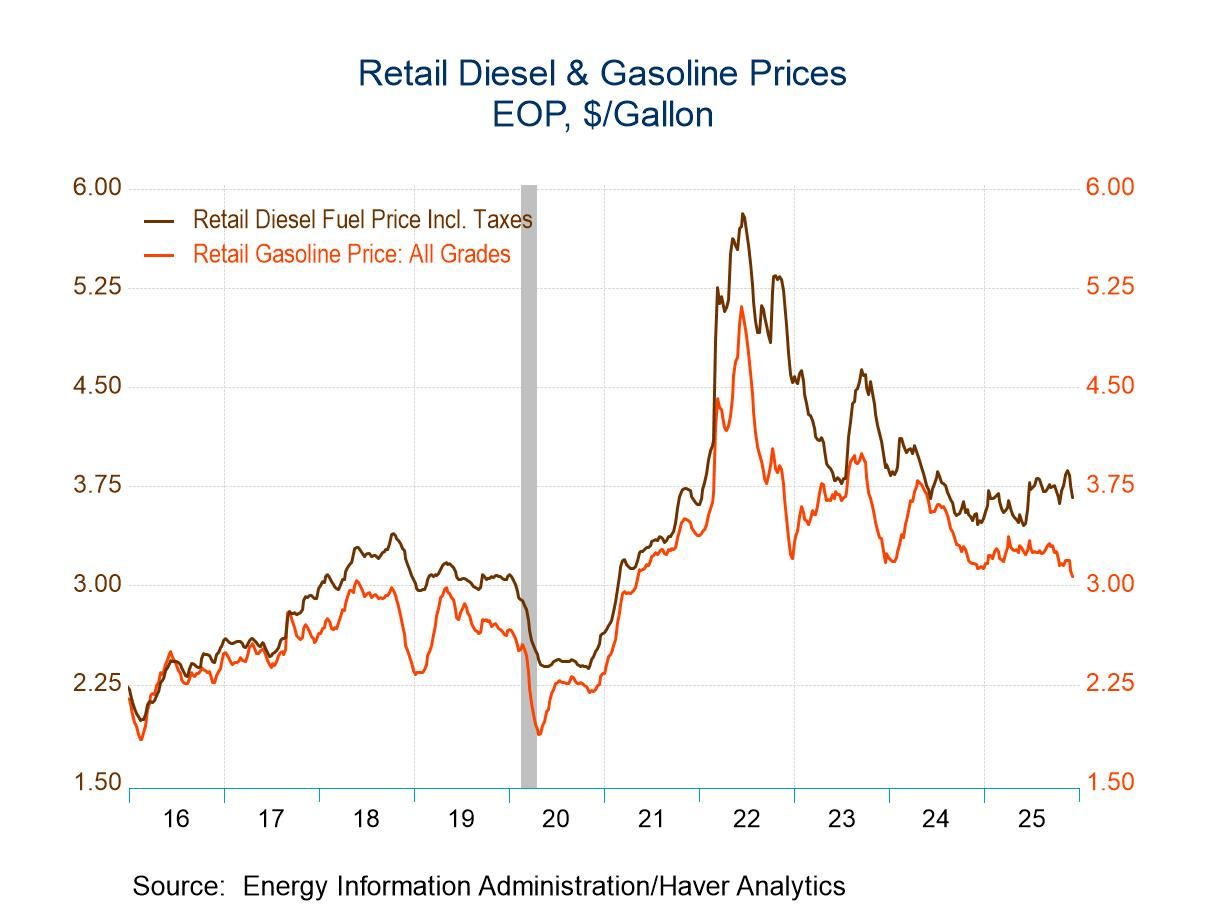 Global| May 28 2015
Global| May 28 2015Momentum in EU/EMU Grinds to a Halt...and Then?
Summary
Both the EU and EMU measures of overall sentiment came up flat in May. As the chart shows, momentum in sentiment, after swinging strongly higher at end-2014, has since gone flat. For EMU sectors overall, the industrial sector reading [...]
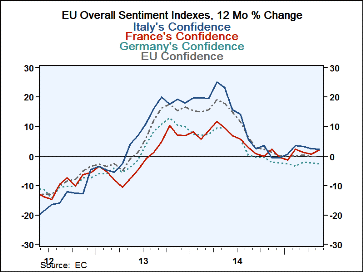 Both the EU and EMU measures of overall sentiment came up flat in May. As the chart shows, momentum in sentiment, after swinging strongly higher at end-2014, has since gone flat. For EMU sectors overall, the industrial sector reading became less of a drag, Retailing improved smartly and the services sector moved ahead. But the construction sector withered further and consumer confidence soured further.
Both the EU and EMU measures of overall sentiment came up flat in May. As the chart shows, momentum in sentiment, after swinging strongly higher at end-2014, has since gone flat. For EMU sectors overall, the industrial sector reading became less of a drag, Retailing improved smartly and the services sector moved ahead. But the construction sector withered further and consumer confidence soured further.
Across the 17 EMU members (no data for Ireland, reducing respondents to 16), eight of the reporting members -fully one half of the reporters- saw deterioration in May. However, the two largest economies expanded: Germany by 0.5% and France by 0.7%. The next largest, Italy, declined by 0.4% and Spain's sentiment was unchanged on the month. There is still uneven momentum in the EMU even at among its largest members. Of the 16 reporting members, only Spain and Belgium have three months in a row without a decline in sentiment. Germany France Italy, Austria, Luxembourg and Slovenia have only one drop in the last three months. Greece has three monthly consecutive declines. The remaining five members have declines in two of the last three months. Europe is both divided and unstable.
In terms of absolute standings, six of 16 reported sentiment standings below the 40th percentile in their historic queue of data. Six others stand in the top 40% of their respective historic queues.
The overall EU reading stands in the 67th percentile of its historic queue compared to a 59th percentile standing for all of the EMU. The European nations bound together in the single currency zone are performing worse relative to their historic norms than are their fellow EU member European non-single-currency members.
On balance, both the EU and EMU are weak and both lack momentum. The EMU shows a great deal of diversity in economic performance within the single currency zone, a fact that makes it difficult for the ECB to make one monetary policy for the entire zone, as it ultimately must.
In the euro area Industrial confidence has a 65th percentile standing that is better than the 58th percentile standing for that sector in the EU region as a whole - some of that is probably because of the sharply weakening euro exchange rate. For the industrial sector among the four largest EMU economics, Spain is doing the relative best with an industrial sector ranking in its 85th percentile. Italy and Germany are next with sectors ranked in their 61st to 62nd percentiles. France lags badly with manufacturing in its 48th percentile, below its historic median.
The euro area services sector has a 61st percentile ranking, slightly stronger than the ranking for manufacturing and below the 73rd percentile ranking for the EU as a whole. Among the top four EMU economies, Italy and Spain with rankings in their respective low 80th percentiles have the relative strongest services sectors. Germany's sector ranks in the 73rd percentile and France's lags badly with a 28th percentile standing.
The overarching conclusion for the region is that momentum in the EMU and EU has slowed. But what does that mean? The responses in consumer confidence survey give us some idea and that idea is not reassuring.
Consumers in May evaluate their past 12-month economic situation as being in its 97th percentile-rarely higher. However, looking ahead over the next 12 months, they evaluate the prospective economic situation as being in its 90th percentile, a few steps lower. Similarly, the past financial situation has an 83rd percentile standing while the look-ahead measure for the next 12 months has a 76th percentile standing. While the future is not assessed badly, as the percentile standings are relatively elevated, there is less optimism on the next 12 months. And the spending environment does look particularly bright. Right now the environment for a major purchase has an 89th percentile standing whereas for the next 12 months the standing falls to its 48th percentile. That's a weak reading. But there is progress as truly `bad' outcomes are still fading in likelihood. Expected unemployment has dropped to the 35th percentile of its range, a low standing.
There is still a lot of optimism about Europe. The ECB still has its version of QE in place and it just stepped up its pace of operations. But Greece is still at risks with its danger dates closing in. Beyond that, there is the question of momentum. The look at momentum in this report is not very encouraging. Moreover, global growth prospects have been downgraded in recent months so it is not easy for nations to hope to climb out of their doldrums on export-led growth. The U.S. economy, a driver of global growth, has also showed some signs of slowing. it's not an extreme extrapolation to read the signs for Europe as being more dangerous than just a pause. The interpretation depends on how much of a negative force one ascribes to Greece and how much one thinks monetary stimulus will help. The jury is still out on those things. But the forces of momentum and consumers' expectations do not come down on the side of optimism.
Robert Brusca
AuthorMore in Author Profile »Robert A. Brusca is Chief Economist of Fact and Opinion Economics, a consulting firm he founded in Manhattan. He has been an economist on Wall Street for over 25 years. He has visited central banking and large institutional clients in over 30 countries in his career as an economist. Mr. Brusca was a Divisional Research Chief at the Federal Reserve Bank of NY (Chief of the International Financial markets Division), a Fed Watcher at Irving Trust and Chief Economist at Nikko Securities International. He is widely quoted and appears in various media. Mr. Brusca holds an MA and Ph.D. in economics from Michigan State University and a BA in Economics from the University of Michigan. His research pursues his strong interests in non aligned policy economics as well as international economics. FAO Economics’ research targets investors to assist them in making better investment decisions in stocks, bonds and in a variety of international assets. The company does not manage money and has no conflicts in giving economic advice.



